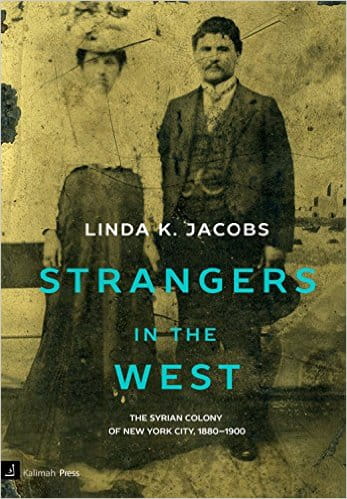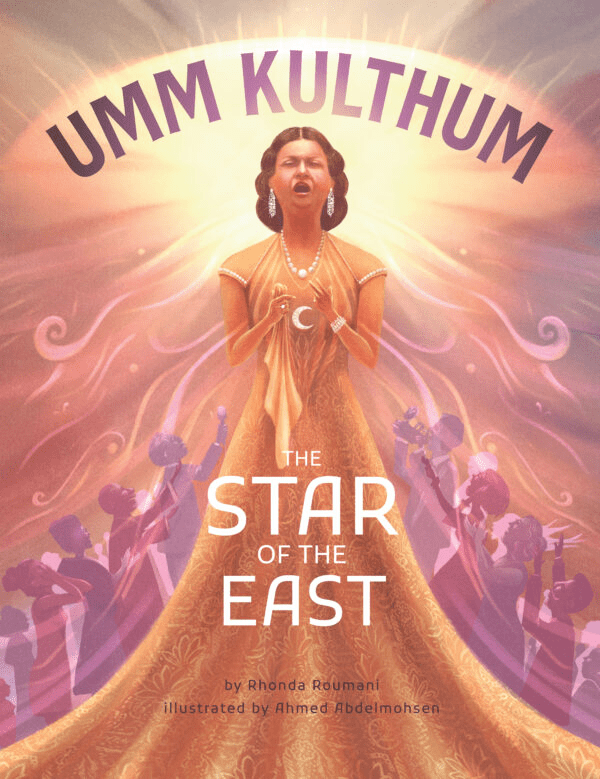
Strangers in the West: The Syrian Colony of New York City, 1880-1900
Louis Werner
Linda K. Jacobs
2015, Kalimah Press, 978-0-98353-925-4, $29.95 pb.
Do not be put off by its seemingly restrictive title, for this wide-ranging history of Arab immigration to New York that provides rich back stories to the families that came to America: why they arrived when they did, and how other, established ethnic communities viewed and eventually accepted them as New Yorkers. The author’s deep dive into private and public archives—letters to and from the old country, signboards and handbills from Arab grocery stores and vaudeville theaters, and court transcripts and church wedding registries (most of these early Arab immigrants were Christians)—illustrates with her anthropologist’s eye how a foreign people became naturalized Americans. Turkish tobacco smoking parlors—“more ubiquitous than Starbucks,” she writes—were popular among the Irish and Italians. Belly dancing was one of Thomas Edison’s favorite film subjects. The orientalist taste for exotic wares even in the Midwest, stimulated perhaps by blue-blooded Washington Irving’s bestselling Tales of the Alhambra, attracted New York’s Arab peddlers to the country’s heartland. When their original neighborhood in Lower Manhattan was cut into pieces by the building of the new car tunnel to Brooklyn, it was not a total loss—most of them had already moved there and beyond.
You may also be interested in...

Children’s Book Documents Rise of Umm Kulthum, Egypt’s Star of the East, As Declaration of National Identity
Illustrator Rhonda Roumani presents an illustrative biography of legendary Egyptian singer and cultural icon Umm Kulthum..png?cx=0.45&cy=0.59&cw=382&ch=519.4922937443337)
New Book Decodes Mystery Behind Sixth Century Mosaic Pavement
Jane Chick’s 2024 study on enigmatic Libyan mosaic bridges Late Antiquity Roman and early ecclesiastical art.